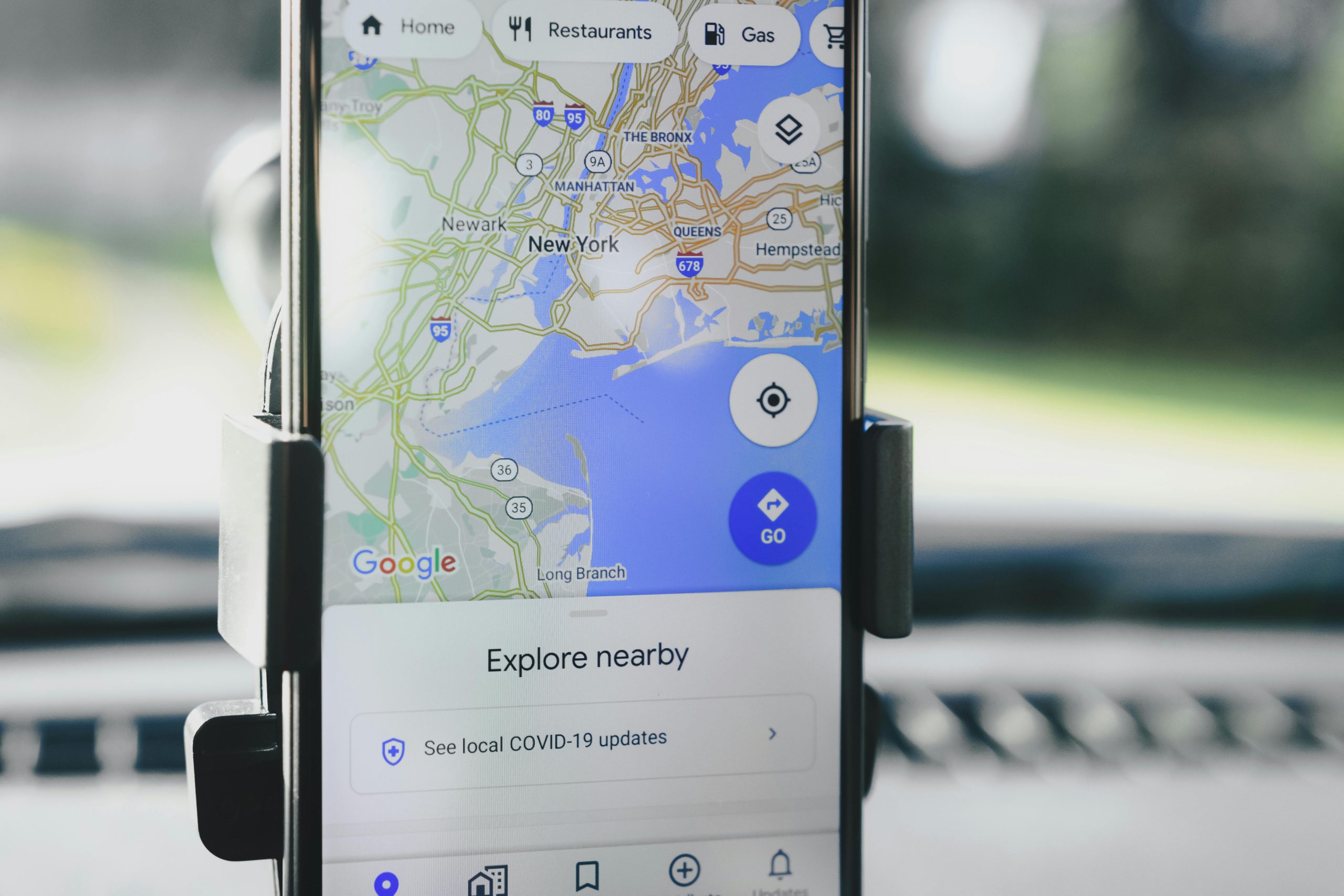Google Search Console Not Indexing? Need Help!
I launched an e-commerce site in January 2024 that gained some significant traction, generating over $100k in sales within three months. Unfortunately, I had to take it down due to issues with the manufacturer. The site specializes in reselling a specific niche product, so customers typically search for terms like “Samsung Bolt for XYZ123 product (SKU 1234567).” We have around 40,000 SKUs listed.
When I took the site offline, I password-protected it to keep it hidden while it was technically still live. Two weeks ago, I relaunched the site, but now I’m struggling to get it indexed by Google.
Here’s what I’m seeing in Google Search Console:
- From Saturday, 15th to Monday, 17th: 44,032 pages Not Indexed, 50 Indexed
- From Tuesday, 16th to Friday, 21st (most recent data): 978 pages Not Indexed, 1,229 pages Indexed
What’s going on here? How can I get Google to recognize the other 40,000 pages? Any strategies or tips to expedite the indexing process?
Thanks in advance for your help!


2 responses to “Google Console not indexing?”
It sounds like you’re in a bit of a tough situation, but there are definitely steps you can take to help Google re-index your site more effectively. Here are some tips to consider:
Ensure Accessibility: Since your site was password protected previously, make sure it’s fully accessible to crawlers now. Check your robots.txt file to ensure it’s not blocking access to any critical pages.
Submit a Sitemap: If you haven’t already, submit an XML sitemap through Google Search Console. This can help guide Google to all the pages on your site. Make sure your sitemap is updated and includes all the URLs you want indexed.
Check for Manual Actions: In Google Search Console, check for any manual actions that might be affecting your indexing. If there’s been a previous manual action, that could impact how your pages are indexed.
Improve Page Quality: Ensure that your pages meet Google’s quality guidelines. This includes having unique content, optimized title tags, and good user experience. If you have many similar SKUs, consider how you can create unique product descriptions to avoid duplication.
Fetch as Google: Use the “URL Inspection” tool in Google Search Console to fetch some of your important pages. This can prompt Google to crawl and index those pages faster.
Increase Internal Linking: Make sure that you have enough internal links pointing to your key pages. Internal linking helps Google understand your site structure and can assist in indexing more pages.
Acquire Backlinks: Building backlinks to your site from reputable sources can also help with indexing and overall authority. Consider reaching out to relevant blogs, forums, or influencers in your niche.
Monitor Crawl Stats: Keep an eye on the “Crawl Stats” report in Google Search Console to see how often Google is crawling your site and if there are any issues that need attention.
Be Patient: It can take some time for Google to crawl and index a site, especially if you have a large number of SKUs. Continued efforts in optimization and making sure everything is set correctly will pay off eventually.
If the issue persists after trying these methods, consider reaching out to SEO communities or professionals for further assistance. Good luck with your relaunched ecommerce site!
It’s great to see that your e-commerce site has gained such impressive traction, but I can understand how frustrating it must be to deal with indexing issues after relaunching. When you password-protected your site, it’s likely that Google’s bots were unable to crawl and index the pages properly, which could contribute to the current indexing dilemma.
Here are a few strategies you might consider to expedite the indexing process:
1. **Remove the Password Protection**: Ensure that your site is accessible to search engine crawlers. You can do this by removing any password protection or setting up appropriate authentication so that Google can navigate your site without barriers.
2. **Submit a Sitemap**: Make sure you have an updated XML sitemap in Google Search Console. This provides Google with a roadmap of your site’s structure, helping the bots understand and crawl it more effectively.
3. **Utilize the URL Inspection Tool**: In Google Search Console, use the URL Inspection Tool to submit individual pages that you want indexed. This can often prompt faster indexing and will allow you to see any potential issues that may be hindering the process.
4. **Monitor Crawl Errors**: Regularly check Google Search Console for crawl errors. Address any issues that come up, such as redirect errors or 404 pages, as these can impact your overall site visibility.
5. **Build Internal Links**: Strengthen your site’s internal linking structure. Linking to new pages from existing, well-indexed pages can help Google discover and crawl them more efficiently.